How Length Is An Endoscope ?
The length of an endoscope can vary depending on its intended use and design. Endoscopes are medical devices used for visual examination and diagnostic procedures inside the body. They consist of a long, flexible tube with a light source and a camera at the tip. The length of an endoscope typically ranges from a few millimeters to several meters. The specific length of an endoscope depends on factors such as the area of the body being examined and the specific procedure being performed. For example, endoscopes used for gastrointestinal procedures are generally longer than those used for nasal or ear examinations. The length of an endoscope is designed to allow the medical professional to navigate and visualize the internal structures of the body with ease and accuracy.
1、 Optical length measurement in endoscopy
The length of an endoscope can vary depending on its specific design and purpose. Endoscopes are medical devices used for visualizing and examining internal organs and cavities of the body. They consist of a long, flexible tube with a light source and a camera at one end, which allows doctors to see images of the internal structures on a monitor.
The optical length measurement in endoscopy refers to the measurement of the distance from the distal end of the endoscope to the target area being examined. This measurement is crucial for accurate diagnosis and treatment planning. The length of an endoscope is typically determined by the specific medical procedure it is intended for. For example, an endoscope used for gastrointestinal procedures may have a length of around 100-150 cm, while an endoscope used for bronchoscopy (examination of the airways) may have a length of around 50-60 cm.
In recent years, there have been advancements in endoscope technology that have allowed for more precise and accurate length measurements. For instance, some endoscopes now incorporate laser-based distance measurement systems, which provide real-time feedback on the exact distance from the endoscope tip to the target area. This helps in ensuring that the endoscope is properly positioned and allows for more accurate measurements and targeted interventions.
Furthermore, there has been a growing interest in the development of miniaturized endoscopes, which are smaller in size and can be used for more specific applications. These miniaturized endoscopes have the advantage of being less invasive and more maneuverable, but their shorter length may limit their reach in certain procedures.
In conclusion, the length of an endoscope can vary depending on its intended use, with typical lengths ranging from 50-150 cm. Advancements in technology have allowed for more precise length measurements, and the development of miniaturized endoscopes has opened up new possibilities for less invasive procedures.
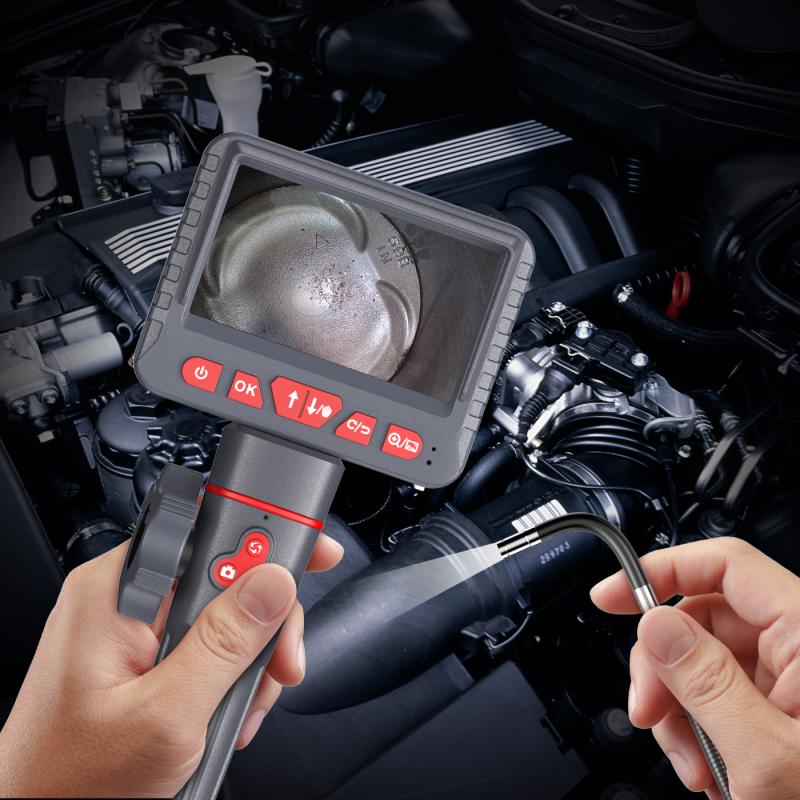
2、 Working length of an endoscope
The working length of an endoscope refers to the portion of the endoscope that can be inserted into the body during a medical procedure. It is an important factor to consider when choosing the appropriate endoscope for a specific procedure.
The length of an endoscope can vary depending on its intended use. For example, gastrointestinal endoscopes typically have a working length of around 100-140 cm, allowing them to reach the stomach and intestines. On the other hand, bronchoscopes used for examining the airways have a working length of approximately 50-70 cm.
Advancements in endoscopic technology have led to the development of longer endoscopes, allowing for deeper access into the body. For instance, some specialized endoscopes used in procedures such as endoscopic retrograde cholangiopancreatography (ERCP) can have a working length of up to 200 cm. These longer endoscopes enable physicians to reach and visualize areas that were previously difficult to access.
It is worth noting that the working length of an endoscope is not the only factor to consider when determining its effectiveness. Other factors such as the flexibility, maneuverability, and image quality of the endoscope also play a crucial role in ensuring successful procedures.
In conclusion, the working length of an endoscope can vary depending on its intended use, with gastrointestinal endoscopes typically having a longer working length compared to bronchoscopes. Advancements in endoscopic technology have led to the development of longer endoscopes, allowing for deeper access into the body. However, it is important to consider other factors such as flexibility and image quality when choosing the appropriate endoscope for a specific procedure.
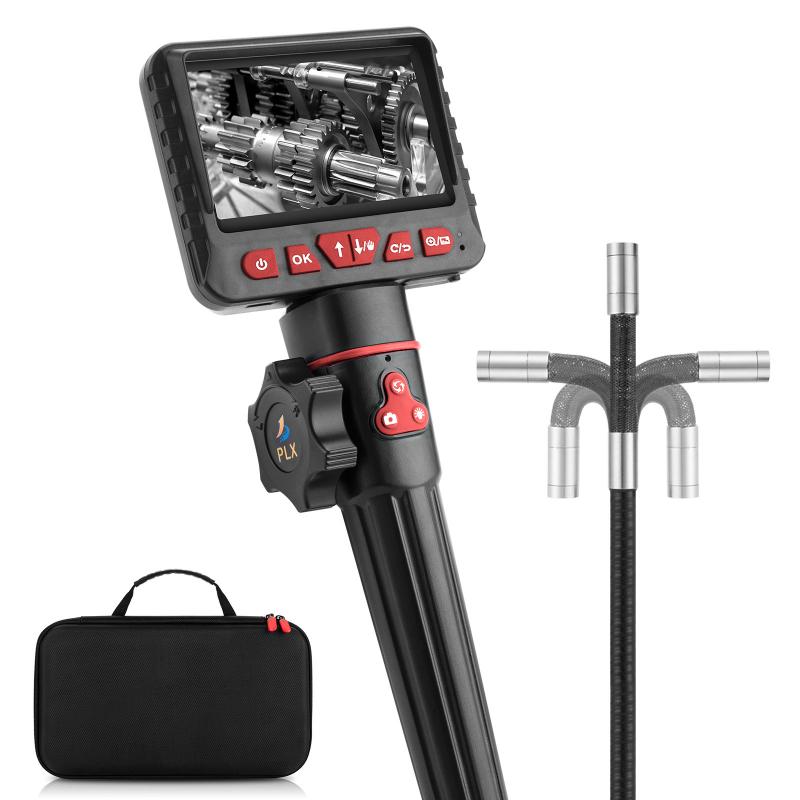
3、 Effective length of an endoscope
The effective length of an endoscope refers to the distance it can reach within the human body to visualize and diagnose various medical conditions. Endoscopes are flexible, tube-like instruments equipped with a light source and a camera that allow doctors to examine internal organs, tissues, and cavities without the need for invasive surgery.
The length of an endoscope can vary depending on its intended use and the specific area of the body it is designed to access. For example, gastrointestinal endoscopes used to examine the digestive tract are typically longer than bronchoscopes used to visualize the airways. The length can range from a few centimeters to several meters.
Advancements in technology have led to the development of longer endoscopes that can reach deeper into the body. For instance, capsule endoscopy involves swallowing a small pill-sized camera that travels through the digestive system, capturing images along the way. These capsules can have an effective length of up to 30 feet, allowing for a comprehensive examination of the small intestine.
Moreover, recent innovations in endoscopic techniques have focused on increasing the effective length by incorporating robotic systems. These robotic-assisted endoscopes can navigate complex anatomical structures with greater precision and reach areas that were previously difficult to access. This has opened up new possibilities for diagnosing and treating conditions in the gastrointestinal and respiratory systems.
In conclusion, the effective length of an endoscope varies depending on its purpose and the area of the body it is designed to examine. Technological advancements continue to push the boundaries, enabling longer endoscopes and robotic-assisted systems that enhance diagnostic capabilities and improve patient outcomes.
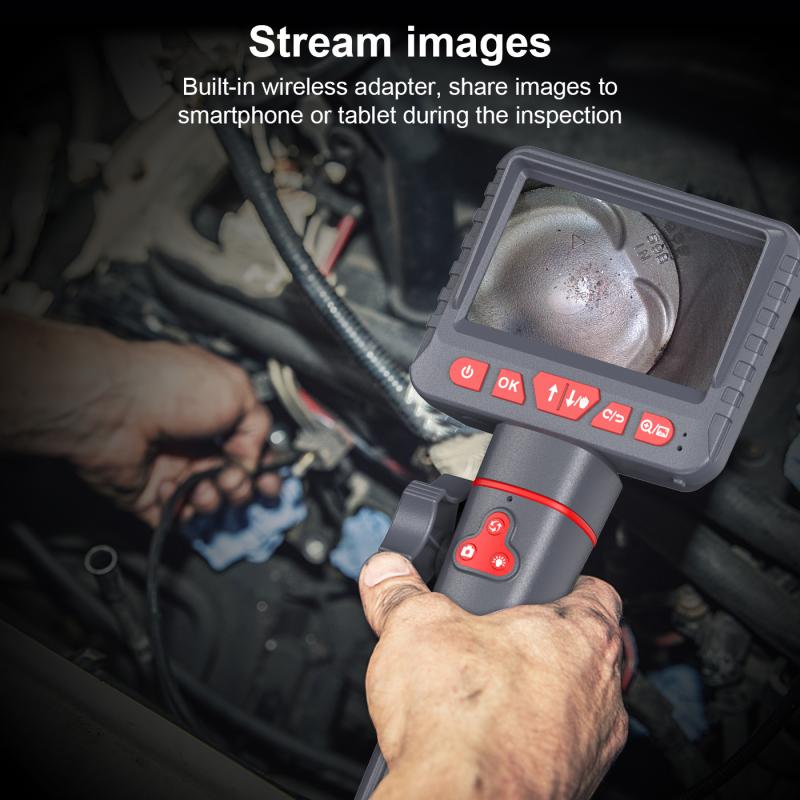
4、 Insertion length of an endoscope
The insertion length of an endoscope refers to the portion of the device that can be inserted into the body during a medical procedure. The length of an endoscope can vary depending on its intended use and the specific model. Generally, endoscopes range in length from 25 to 200 centimeters (10 to 80 inches).
The length of an endoscope is an important consideration as it determines how far the device can reach within the body to visualize and diagnose various conditions. Longer endoscopes are typically used for procedures that require access to deeper areas, such as the gastrointestinal tract or the lungs. Shorter endoscopes, on the other hand, are used for procedures that require access to more superficial areas, such as the nasal passages or the ear canal.
Advancements in endoscopic technology have led to the development of longer and more flexible endoscopes. These devices can navigate through the body's natural curves and reach areas that were previously difficult to access. Additionally, miniaturization of endoscopes has allowed for the development of capsule endoscopy, where a small camera is swallowed and captures images as it passes through the digestive system.
It is important to note that the insertion length of an endoscope is not the only factor to consider when choosing the appropriate device for a procedure. Other factors, such as the diameter of the endoscope, the quality of the imaging system, and the flexibility of the device, also play a crucial role in ensuring successful and safe procedures.
In conclusion, the insertion length of an endoscope can vary depending on its intended use, but generally ranges from 25 to 200 centimeters. Advancements in endoscopic technology have allowed for the development of longer and more flexible endoscopes, enabling access to deeper areas of the body. However, other factors such as diameter, imaging quality, and flexibility also need to be considered when selecting the appropriate endoscope for a procedure.
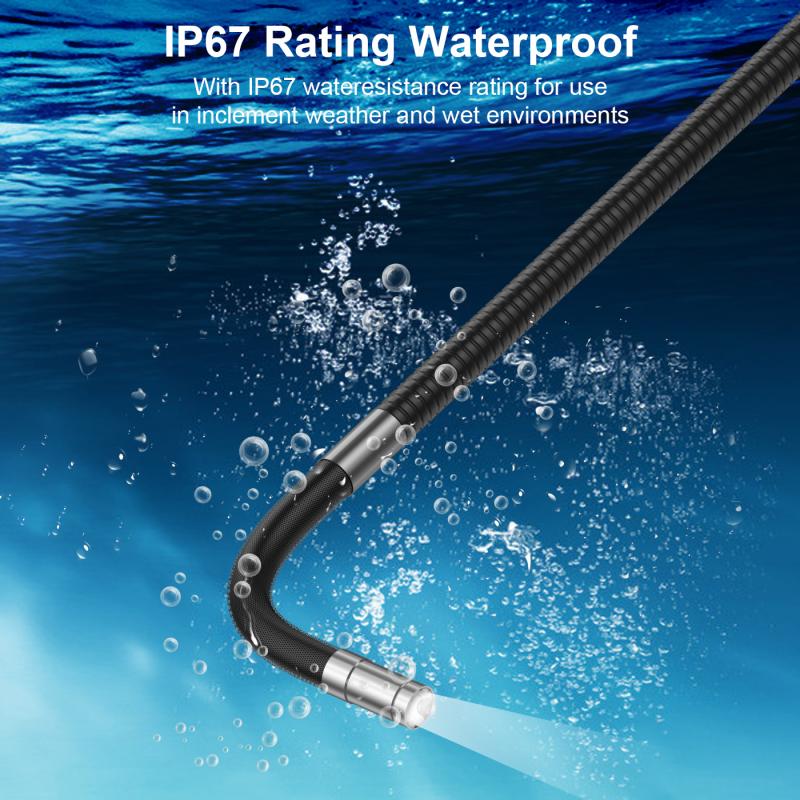


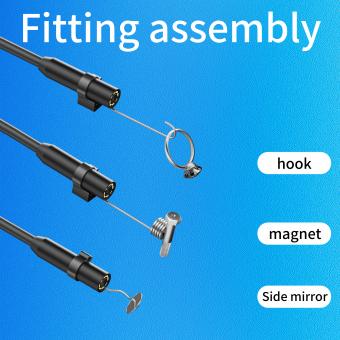






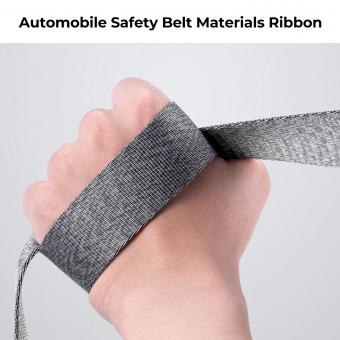
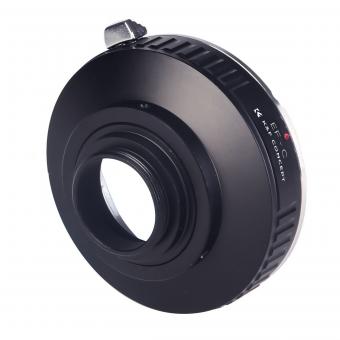
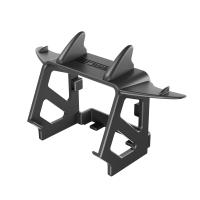
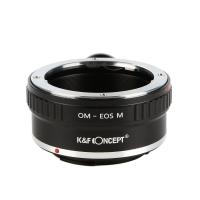
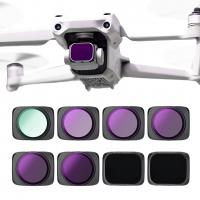

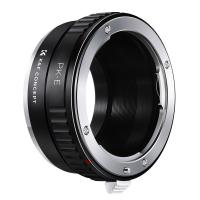
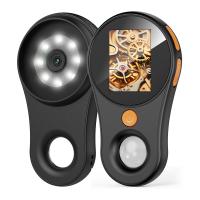
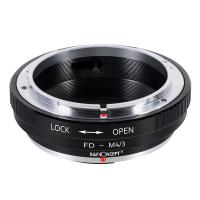
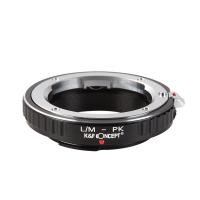
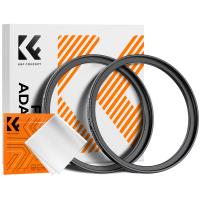
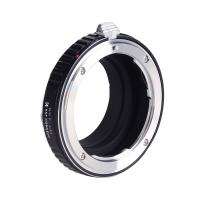
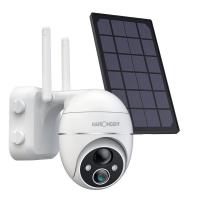

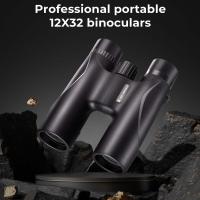
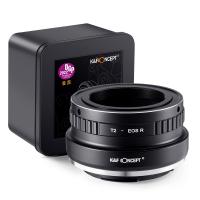
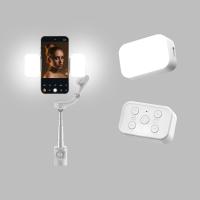



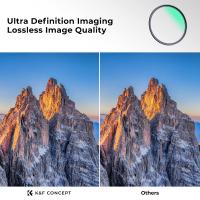
There are no comments for this blog.